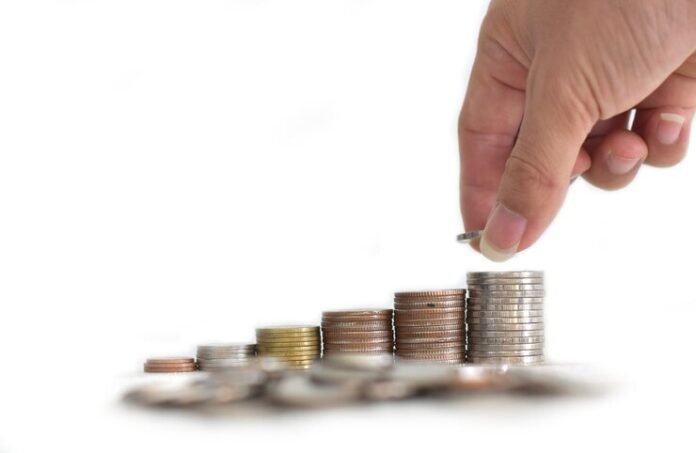With varying features and benefits, fixed deposits (FDs) cater to various financial needs. For this, different types of FDs are offered by issuers in India. Let’s explore the diverse options available in FDs.
Cumulative Fixed Deposits
Cumulative FDs are a popular choice among investors who prefer to receive the entire amount at the end of the tenor. In this type, the interest is compounded quarterly or annually and reinvested in the FD. This results in a higher maturity amount due to the effect of compounding.
Key Features
- Interest Payout: Interest is not paid out periodically. It is accumulated and paid at maturity.
- Compounding: Interest is compounded at regular intervals. This increases the overall returns.
- Maturity Amount: The principal and the interest is received at the end of the tenor.
- Higher Returns: Cumulative FDs offer higher returns than non-cumulative FDs. This is due to the compounding of interest.
- Ideal for the Long-term: Suitable for those looking to fulfil long-term requirements. This can include funding education, buying property, or building a retirement corpus.
Let’s understand this better with an example. Consider an investment of ₹1,00,000 in a cumulative FD at an interest rate of 6.5% p.a. for 5 years. In this case, the maturity amount would be ₹1,37,009. Due to the effect of compounding, one can note significant growth in the investment.
Non-cumulative Fixed Deposits
Non-cumulative FDs are designed for investors who seek regular interest payouts. In this type, the interest is paid out at specific intervals. These can be made on a monthly, quarterly, half-yearly, or annual basis. The frequency depends on the investor’s preference.
Key Features
- Interest Payout: Interest is paid out periodically, creating a regular stream of income.
- Fixed Returns: The interest rate remains constant throughout the tenor, ensuring predictable returns.
- Flexibility: Offers the flexibility to choose the frequency of interest payouts.
- Useful for Regular Expenses: Suitable for retirees or those requiring periodic cash flow.
- Financial Planning: Regular interest income could help meet expenses and plan finances better.
Here’s an example to understand this better. Let’s say you invest ₹1,00,000 in a non-cumulative FD at an interest rate of 9% p.a. with quarterly interest payouts. This means you will receive ₹2,250 each quarter. This helps you manage your monthly expenses and other financial commitments.
Tax-saving Fixed Deposits
Tax-saving FDs are deposits that qualify for tax exemption u/s 80C of the Income Tax Act, 1961. These FDs have a lock-in period of 5 years. They are a popular investment option for individuals looking to save on taxes.
Key Features
- Lock-in Period: These FDs come with a mandatory lock-in period of 5 years
- Tax Benefits: Investments up to ₹1.5 Lakhs in a financial year are eligible for tax deductions u/s 80C
- Savings: The tax benefits lead to an overall increase in the returns
- Secure Investment: Offers the dual benefit of tax savings and assured returns
To understand this better, let’s consider this example. Let’s assume you invest ₹2 Lakhs in a tax-saving FD at an interest rate of 6.5% p.a. Of this, ₹1.5 Lakhs qualifies for tax deduction under Section 80C. However, the remaining ₹50,000 and the interest earned will be subject to tax based on your tax bracket.
Senior Citizen Fixed Deposits
Senior citizen FDs are tailored for individuals aged 60 years and above. These come with interest rates that are typically higher than those for regular FDs. Such FDs are an attractive option for retirees seeking safe and higher returns.
Key Features
- Higher Interest Rates: These FDs come with interest rates maybe 0.25% to 0.50% higher than the standard rates. The additional rates vary across issuers.
- Flexible Tenors: Available in varying tenors, allowing flexibility in choosing the investment period.
- Interest Payout Options: These FDs come with cumulative and non-cumulative options. This provides the choice of receiving regular income or a lump sum at maturity
- Financial Security: It’s a secure investment option with assured returns, which could be ideal for retirees.
- Regular Income Option: Non-cumulative FDs can offer a steady source of income. This can help retirees manage their daily expenses
Let’s understand the difference between the standard rates and rates for senior citizens. The following table shows how the returns are impacted by the difference.
Considerations for Investing in Fixed Deposits
Here are some things you should keep in mind when booking an FD:
Interest Rates
Interest rates on different types of FDs vary across issuers. It is crucial to compare rates before investing to maximise returns. Check official websites for the latest rates.
Tenor
Choose a tenor that aligns with your financial goals. Longer tenors generally offer higher interest rates. However, these lock in the funds for an extended period. Short-term FDs may be ideal to meet requirements like buying a new bike or other immediate needs. Also, the interest rate for these may be slightly lower.
Premature Withdrawal
Most FDs allow premature withdrawal, but it often comes with a penalty. Understand the terms and conditions regarding early withdrawal.
Tax Implications
Interest earned on FDs is taxable. Tax-saving FDs offer benefits under Section 80C but come with a 5-year lock-in period. Plan your investments while considering the tax impact.
Credibility & Security
Ensure that you invest in FDs issued by reputable banks and NBFCs. Check the NBFC’s credit rating and stability.
By assessing your goals, risk tolerance, and liquidity needs, select a suitable option. This can help optimise your returns while enjoying the safety and reliability of this popular savings tool.

